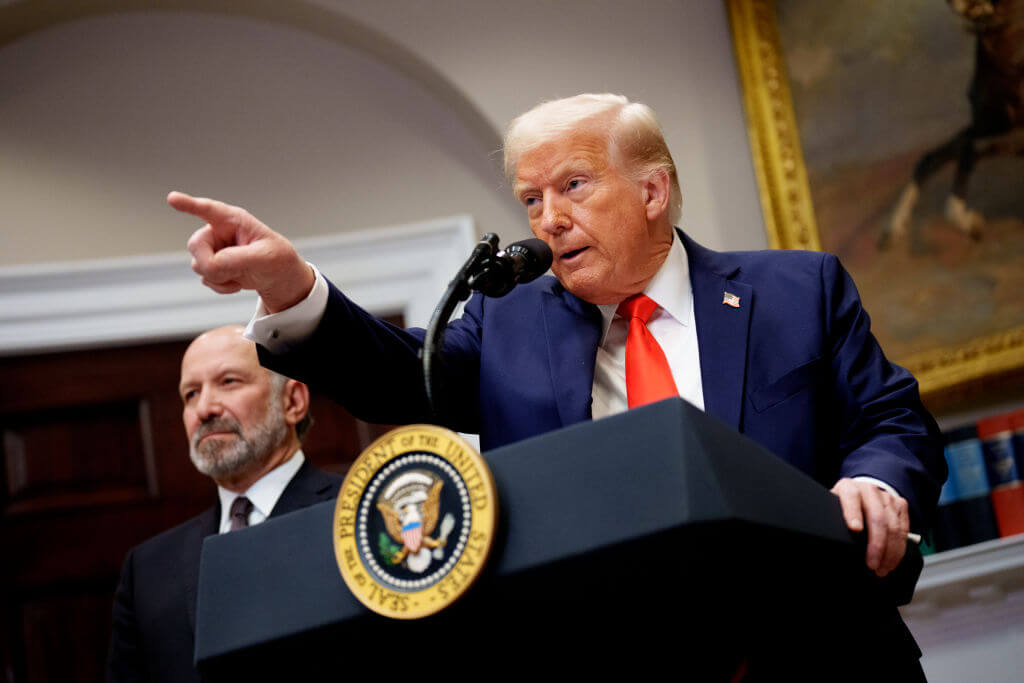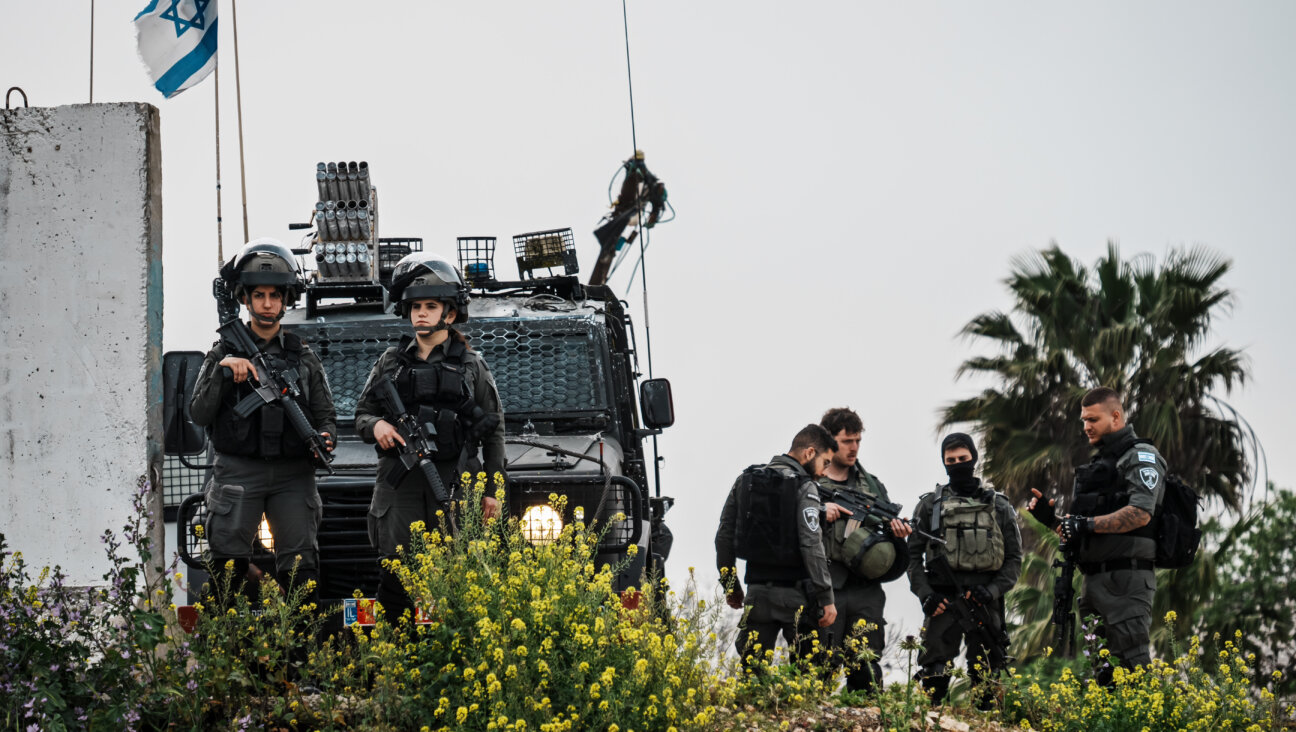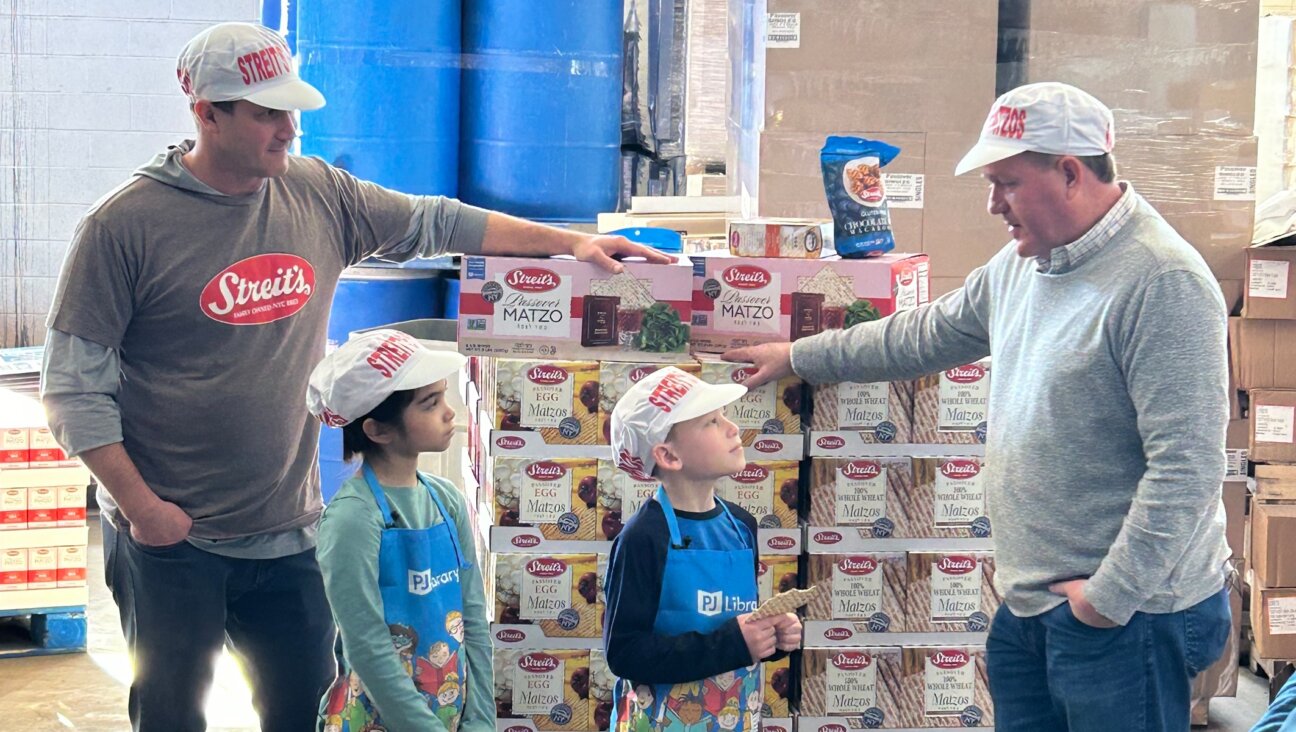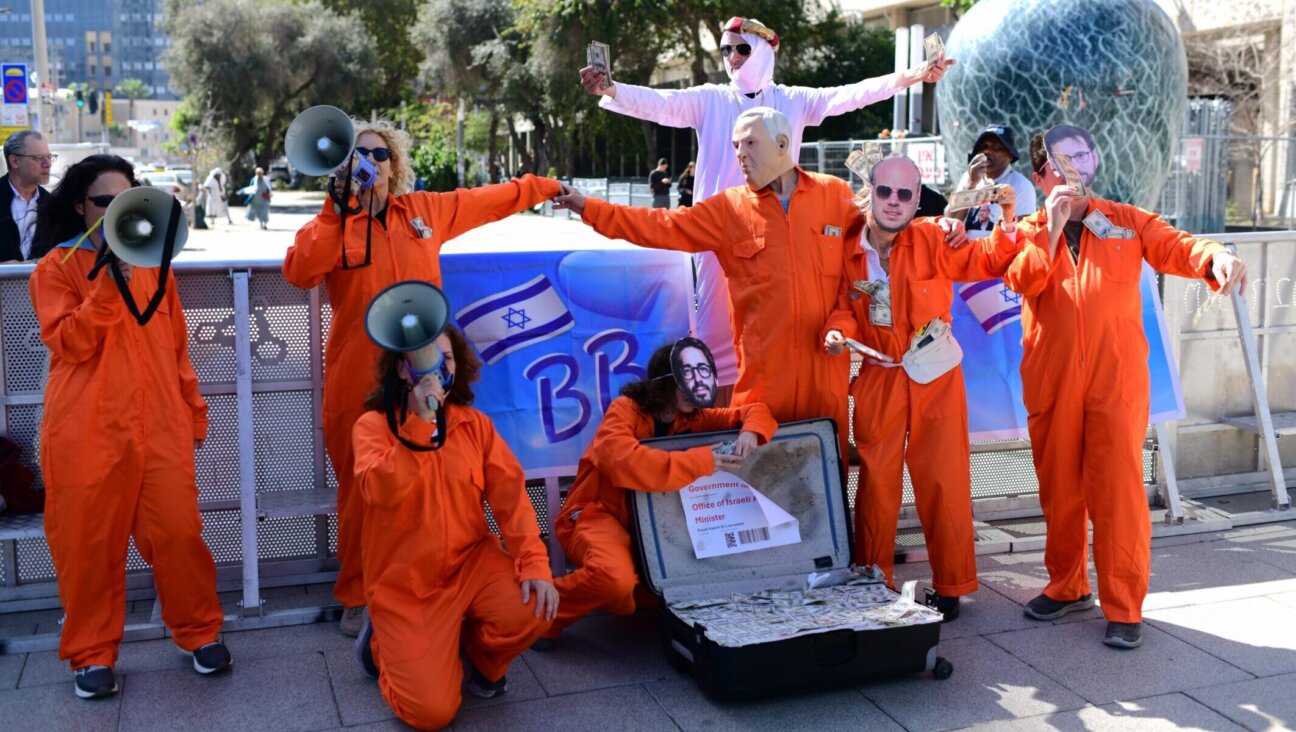Restoring a Landmark Synagogue: If You Rebuild It, Will They Come?
It rained every day in Los Angeles when I visited recently, putting a damper on my plans to cruise the region while looking at new architecture. Somehow it’s easier to look at buildings in the rain in Syracuse, N.Y. (where I live), or in Central Europe, where I often work, than in Southern California, of whose sun I dream. So instead, I decided to visit the old Jewish neighborhood of Boyle Heights, which is now less Jewish than even Krakow, Prague or Budapest. Somehow, the rain seemed appropriate.
It was pouring when I met Steve Sass, president of the Jewish Historical Society of Southern California, at the historic Breed Street Shul. When we entered the sanctuary, I said, “This looks familiar.” The large, empty hall, with a few benches, a battered bimah, and traces of wall paintings with the tree of life and signs of the Jewish calendar still visible, immediately called to mind the many ruined or empty synagogue buildings I have visited in Central and Eastern Europe. The design resonates with the Jewish sensibilities of the urban Orthodox during the interwar period. But at Breed Street, of course, the destruction and desolation are not the result of the Holocaust or of any persecution at all. And much of the destruction and loss of the building’s fixtures and decoration took place in a short time after 1996.
The good news, according to Sass, was that we were able to stand inside the almost bare sanctuary and though we could hear the heavy rain pounding, we stayed dry. “A year ago, we couldn’t have done this,” he said. “There was big hole in the roof, and water would have been pouring in.” Now, thanks to the completion of a $1.2 million first phase of restoration that included the roof and ceiling replacement, lead paint removal, and repair of the synagogue’s large and luminous windows, the building is secure against the weather for the first time in almost a decade.
I’ve been following the fate of this big old building for many years, but this was the first time I had actually been inside, and it was the first time I have actually believed that the structure, along with some aspect of its Jewish identity, will be saved.
This sanctuary of Breed Street Shul, formally known as Congregation Talmud Torah, opened in 1923, following designs by the architectural firm of Edelman and Barnett. As the name implies, the Orthodox congregation began with a religious school. A wood-frame study house built in 1914 to 1915 was moved to the rear of the site to accommodate the new building. During the 1920s, the Jewish population of Boyle Heights went from less than 2,000 to more than 10,000, and the Talmud Torah expanded, too, until it was the largest and most visible of about 30 synagogues in Boyle Heights and City Terrace, which quickly became the center of Los Angeles’s Jewish Community in the pre-World War II era.
In the heyday of the synagogue, 75,000 Jews lived in Boyle Heights and nearby City Terrace, and the Breed Sanctuary could accommodate about 1,100 of them. In Robert Berger’s “Sacred Spaces: Historic Houses of Worship in the City of Angels” (Balcony Press, 2003), architectural historian Al Willis has written that inspiration for the synagogue design probably came from Manhattan’s recently opened B’nai Jeshurun synagogue (Herts & Schneider, 1918), but it is also likely that the architects and congregation were influenced by a spate of recently completed Orthodox synagogues in Chicago, including Anshe Kenesseth Israel (1913) and Beth Hamedrash Hagadol (after 1910) .
The synagogue’s architect, Abram Edelman (1864-1941), had local yichus (lineage). He was the son of the first ordained rabbi (Abraham W. Edelman from Warsaw) to serve in Los Angeles and was a prominent architect in Southern California for several decades. Later in the 1920s, he would help design Wilshire Boulevard Temple, thus having a hand in creating both the Orthodox and Reform centers of Southern California Judaism. Leo Barnett, his partner at Breed Street, was also his nephew. However, Breed Street’s design went much further than that of Wilshire Boulevard Temple in keeping with the Orthodox sensibility. The simply exposed brown brick facade with its decorative concrete archway moldings expressed elegance without ostentation. The practical design combined a healthy historicism with the more simple stripped-down style and economical use of mass-produced materials increasingly popular in the nascent Art Deco and modern styles.
The Breed Street Shul survived the Whittier Narrows Earthquake of 1987, but the stone Decalogue on the facade fell and shattered (no court order was needed for the removal of this sign of the Ten Commandments, but the state did declare the sanctuary unsafe for use). Perhaps taking this as an omen, and in adherence of local laws, the small congregation reverted to the smaller rear Beth Midrash for prayer. But this, too, was abandoned by 1996, and the entire complex was left unused and unprotected from the elements and from vandals. Though in retrospect the earthquake barely hastened the demise of the diminished congregation, it limited the opportunity for thoughtful planning for the fate of the venerated building.
In 1999, after much damage already had been done, the nonprofit Breed Street Shul Project, Inc., a subsidiary of the completely volunteer-based Jewish Historical Society of Southern California, took over the building and started raising money to restore it. The synagogue’s Boyle Heights neighbors and other concerned individuals and groups raised enough money for the first phase of its stabilization — seismic retrofit and restoration of the sanctuary’s stained glass windows.
Twelve windows include three panels: a blue Star of David at the top, and a lattice design of yellow rectangular panes in the lower two panels. Special elements of the windows are the rectangular air vents painted with symbolic representations of the 12 tribes of Israel, some of which remain. In addition, each window included a spandrel representing a month in the Jewish year. The Judson Studios is restoring the windows, funded by a grant by the California Heritage Fund. According to Sass, the entire project to restore the synagogue and the smaller prayer room attached on the rear of the lot will take $4 to $5 million.
However, precisely how the building will be used when it is completely rehabilitated remains unclear. It will not be a synagogue, as there is no Jewish community in the now mostly Mexican Boyle Heights area. But with the Jewish Historical Society in charge, it will maintain some Jewish identity beyond the name. The challenge is to remain Jewish in some way, with exhibitions and events, while actively involving and serving the local community. One idea is the establishment of a nonprofit library and community center, where local kids can do homework, receive tutoring, and enjoy other educational and recreational services. Whatever the final use, Sass views this as an opportunity for Los Angeles’s Jewish community to rediscover its roots and, perhaps more importantly, develop closer ties with some of Los Angeles’s other culturally proud ethnic groups.
A promising sign for the project is the recent election of Antonio Villaraigosa as mayor of Los Angeles. Villaraigosa, who has credited a Jewish high school teacher with helping to turn his life around, has long been a supporter of the project. The new mayor has said that bridging communities is “what my whole life has been about.” So, too, it is hoped, will be the new chapter in the life of the Breed Street Shul.
Samuel Gruber is author of “Synagogues” (MetroBooks, 1999) and “American Synagogues: A Century of Architecture and Jewish Community” (Rizzoli, 2003). He is director of Syracuse, N.Y.’s Jewish Heritage Research Center, and Rothman family lecturer in Judaic studies at Syracuse University.
The Forward is free to read, but it isn’t free to produce

I hope you appreciated this article. Before you go, I’d like to ask you to please support the Forward.
Now more than ever, American Jews need independent news they can trust, with reporting driven by truth, not ideology. We serve you, not any ideological agenda.
At a time when other newsrooms are closing or cutting back, the Forward has removed its paywall and invested additional resources to report on the ground from Israel and around the U.S. on the impact of the war, rising antisemitism and polarized discourse.
This is a great time to support independent Jewish journalism you rely on. Make a Passover gift today!
— Rachel Fishman Feddersen, Publisher and CEO
Most Popular
- 1
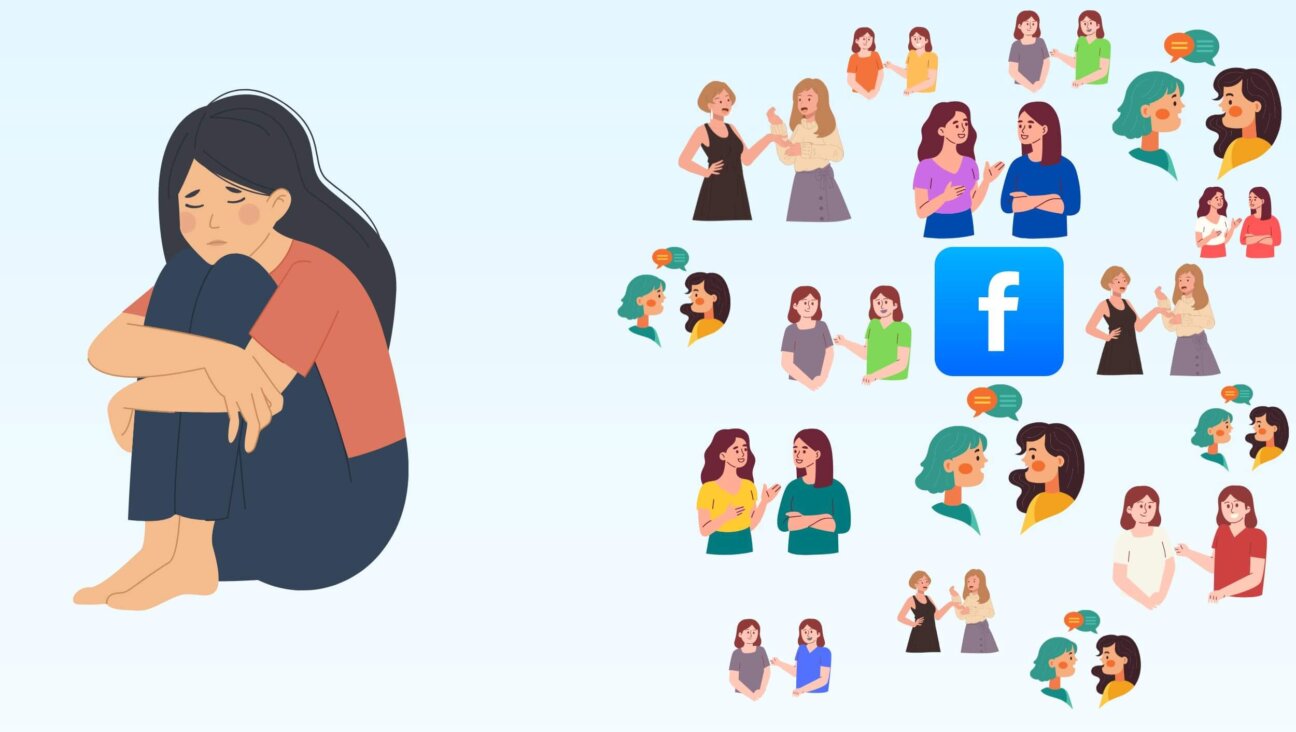
Opinion My Jewish moms group ousted me because I work for J Street. Is this what communal life has come to?
- 2

Fast Forward Suspected arsonist intended to beat Gov. Josh Shapiro with a sledgehammer, investigators say
- 3
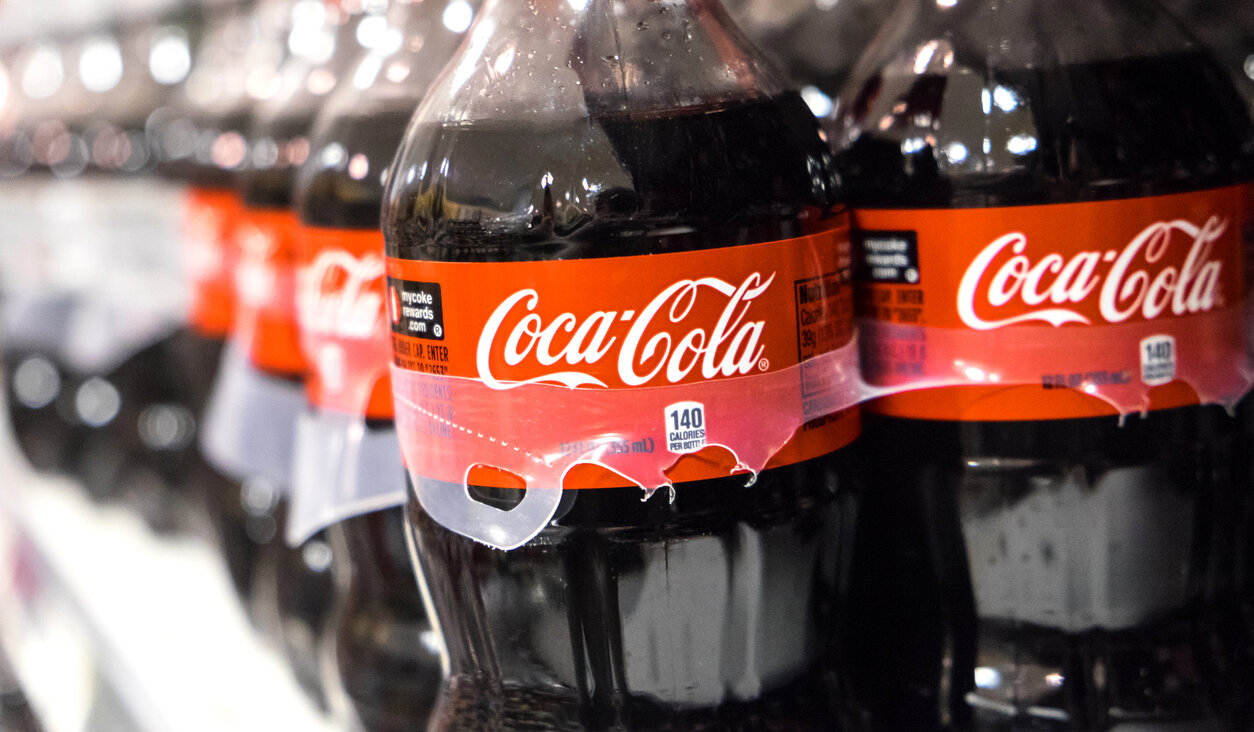
Fast Forward How Coke’s Passover recipe sparked an antisemitic conspiracy theory
- 4

Politics Meet America’s potential first Jewish second family: Josh Shapiro, Lori, and their 4 kids
In Case You Missed It
-
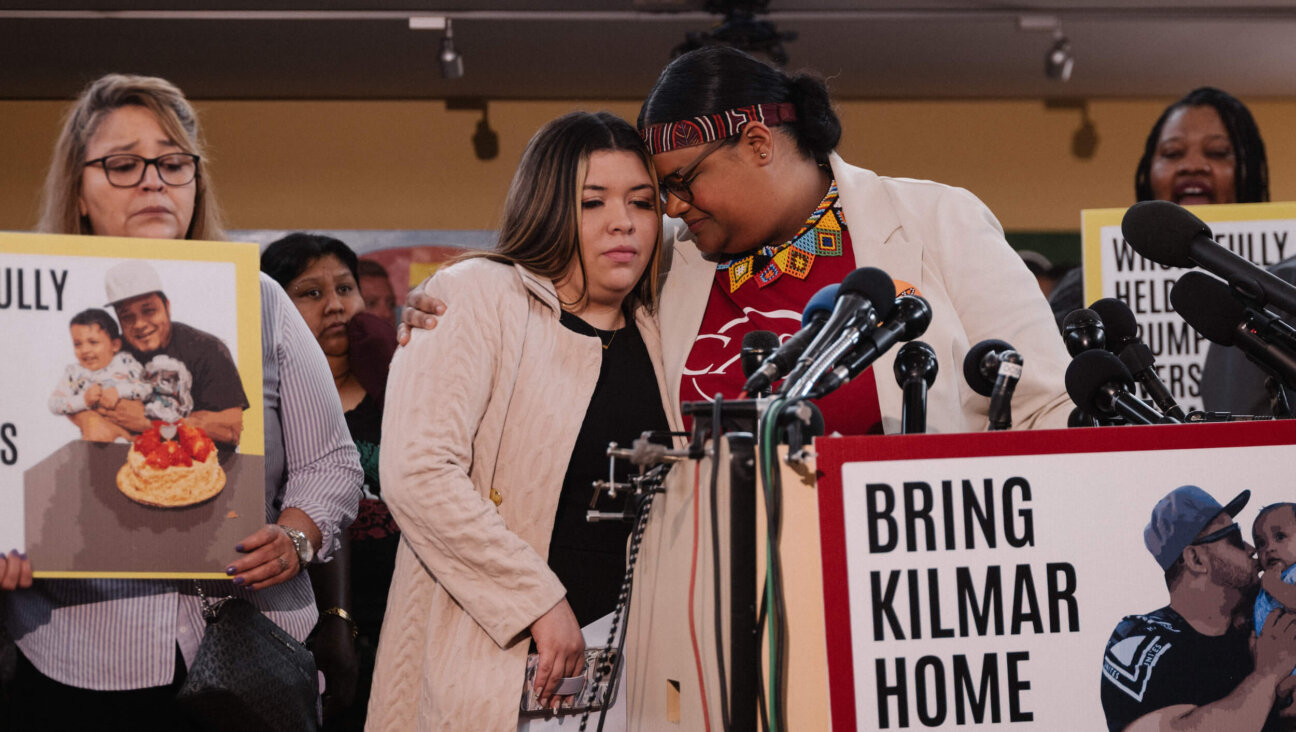
Opinion This Nazi-era story shows why Trump won’t fix a terrifying deportation mistake
-
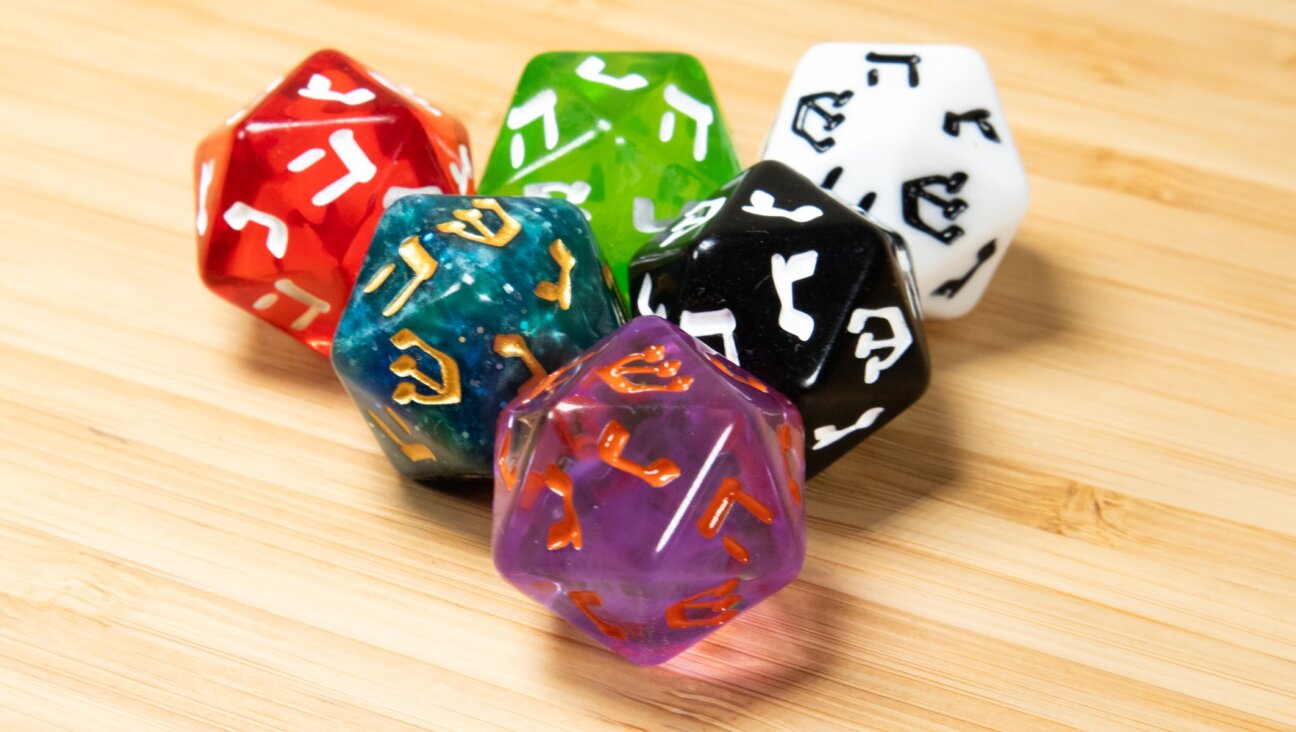
Opinion I operate a small Judaica business. Trump’s tariffs are going to squelch Jewish innovation.
-
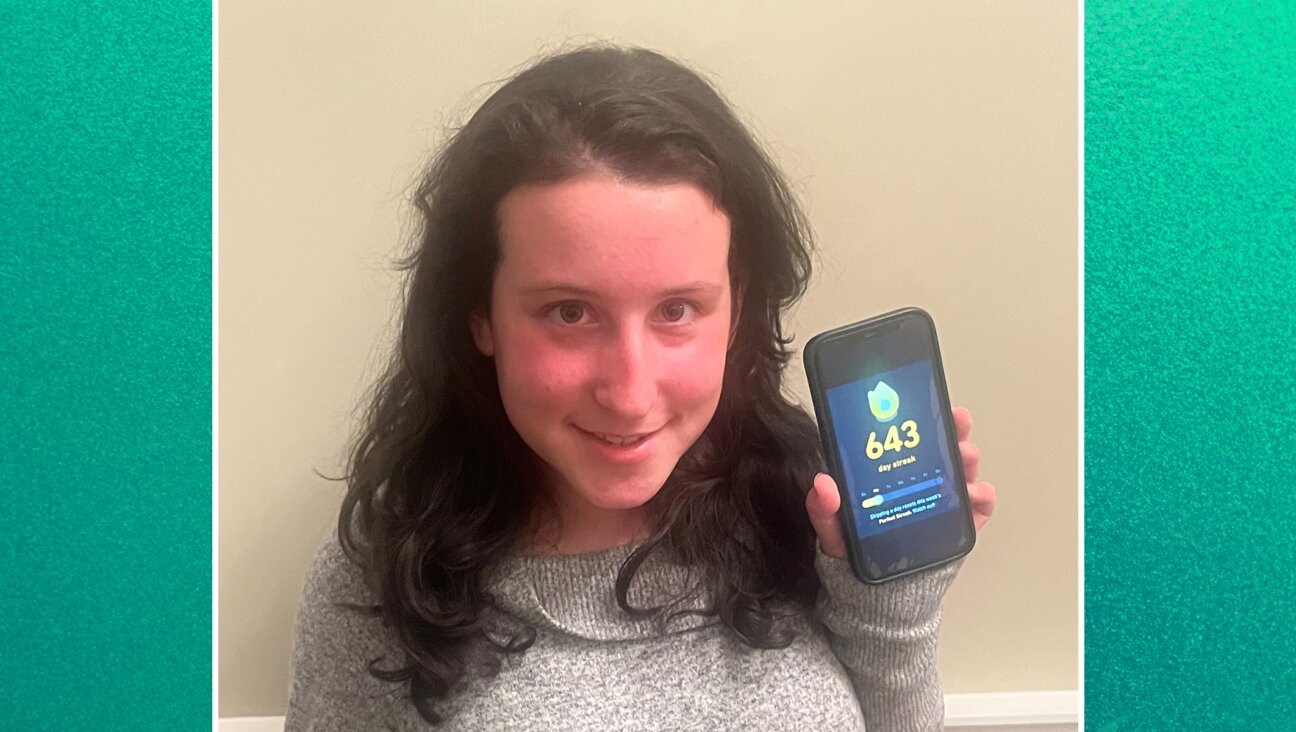
Fast Forward Language apps are putting Hebrew school in teens’ back pockets. But do they work?
-
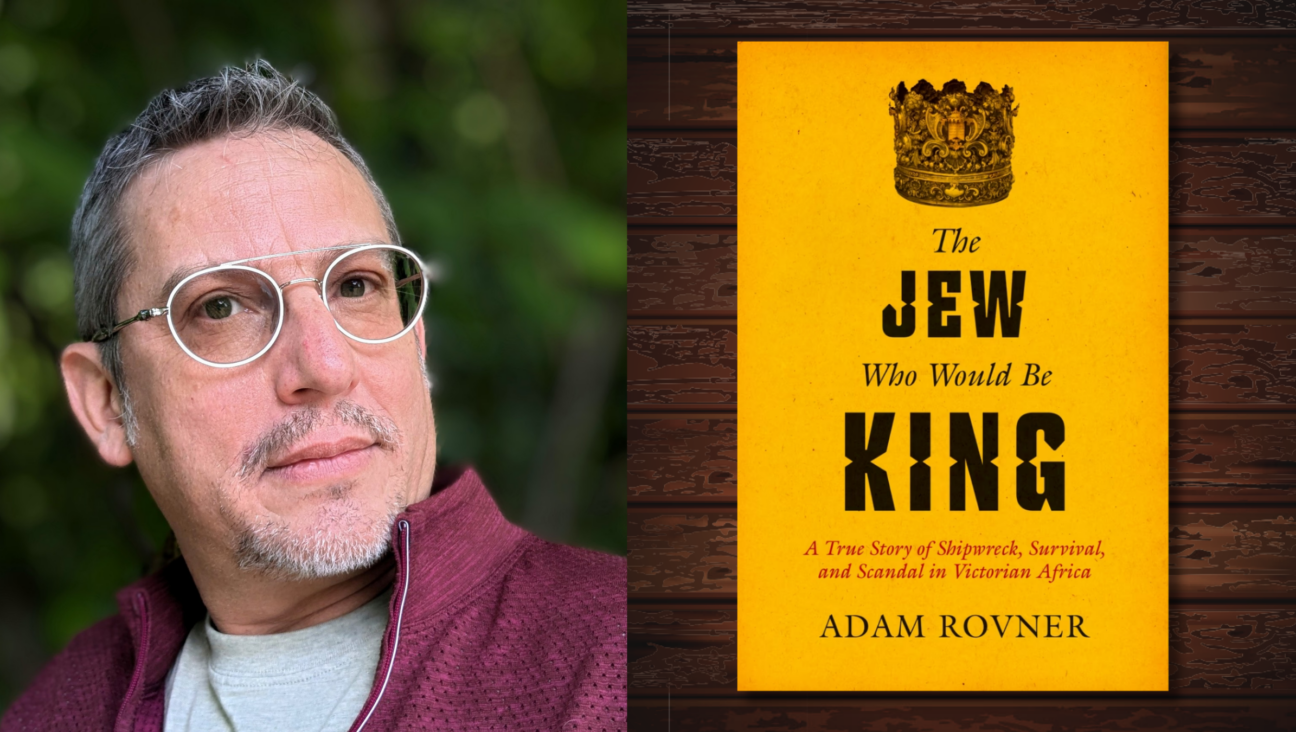
Books How a Jewish boy from Canterbury became a Zulu chieftain
-
Shop the Forward Store
100% of profits support our journalism
Republish This Story
Please read before republishing
We’re happy to make this story available to republish for free, unless it originated with JTA, Haaretz or another publication (as indicated on the article) and as long as you follow our guidelines.
You must comply with the following:
- Credit the Forward
- Retain our pixel
- Preserve our canonical link in Google search
- Add a noindex tag in Google search
See our full guidelines for more information, and this guide for detail about canonical URLs.
To republish, copy the HTML by clicking on the yellow button to the right; it includes our tracking pixel, all paragraph styles and hyperlinks, the author byline and credit to the Forward. It does not include images; to avoid copyright violations, you must add them manually, following our guidelines. Please email us at [email protected], subject line “republish,” with any questions or to let us know what stories you’re picking up.








